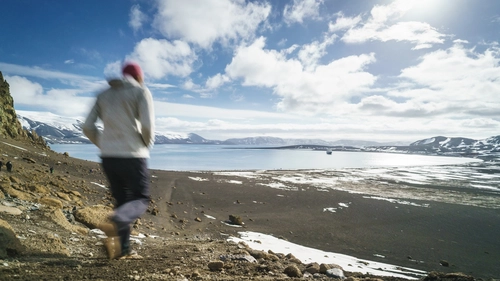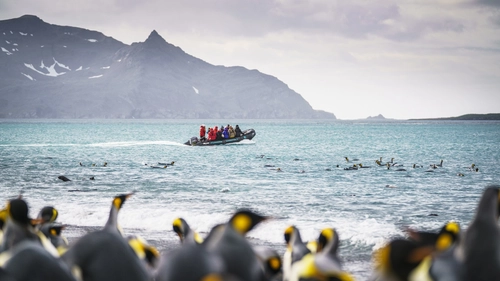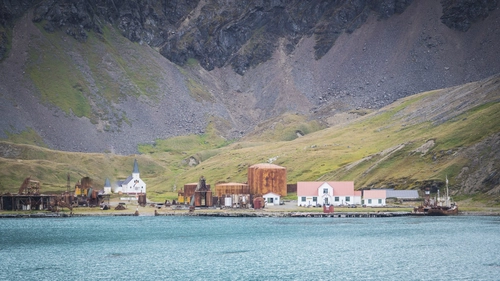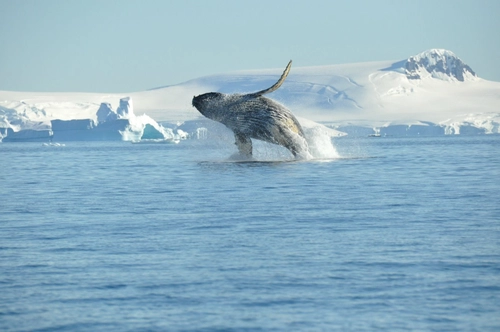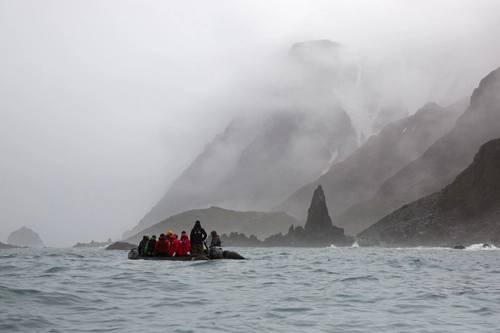Despite being one of the lesser-known Antarctic cetaceans, Commerson's dolphins are quite social and have been given various names over the years, including Piebald dolphins, skunk dolphins, and panda dolphins. These names have been in use since their discovery in 1767 by French naturalist Philibert Commerson.
Commerson spotted these lively dolphins breaching the water near his ship while navigating the Strait of Magellan. He quickly identified them as a new, previously undescribed species.
Since this serendipitous discovery, researchers have gathered limited information about Commerson's dolphins. Their population size remains a mystery due to their geographic isolation and elusive behavior, making them a challenging species to study.
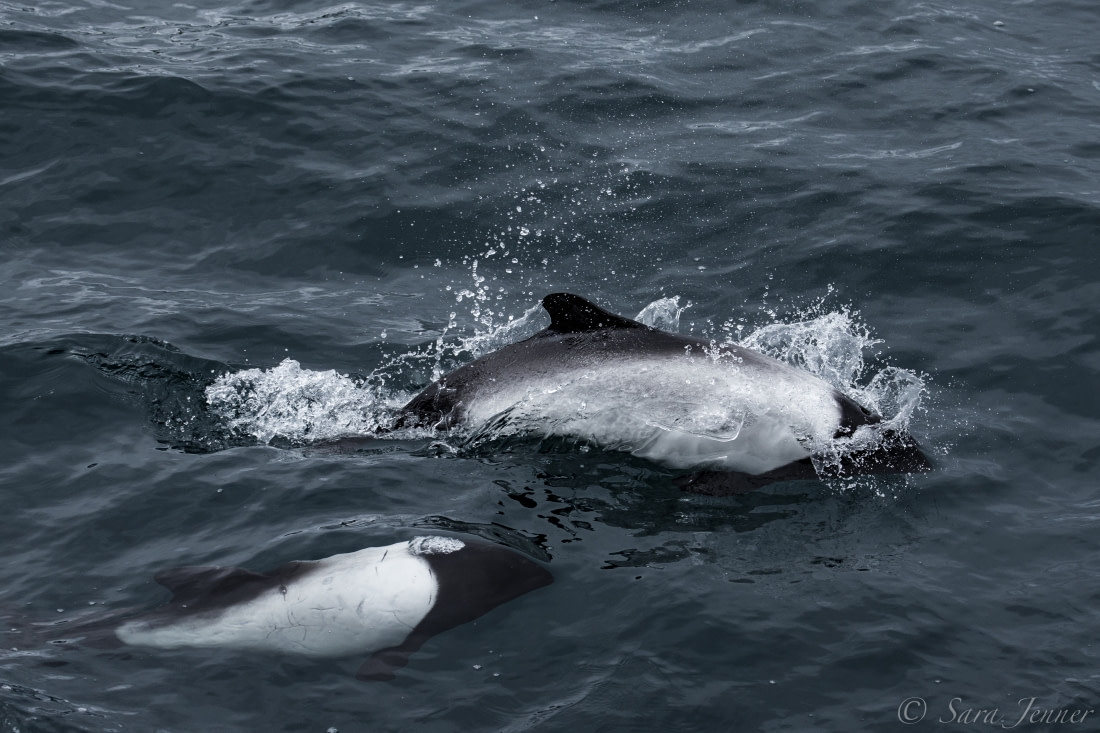
The size and appearance of Commerson’s dolphins
Commerson's dolphins are among the smallest cetaceans, reaching only about 1.5 meters (five feet) in length when fully grown.
Their distinctive black-and-white coloration makes them easily recognizable. Unlike other dolphin species, Commerson's dolphins do not have a rostrum or beak.
Varieties of Commerson’s dolphins
There are two recognized subspecies of Commerson's dolphin.
The primary subspecies, Cephalorynchus commersonii commersonii, is found around the inlets of Argentina, Tierra del Fuego, and the Falkland Islands.
The second subspecies, Cephalorynchus commersonii kerguelenensis, has established a small population in the shallow waters off the coast of South Africa, near the Kerguelen Islands.
The main difference between these two subspecies is their coloration. The Kerguelenensis subspecies has lighter shades of grey and black compared to their Argentinean counterparts.
How these two genetically identical subspecies became separated by 8,500 kilometers (5,300 miles) is unknown, but it may have happened when a small group of Commerson's dolphins swam too far northeast in the Antarctic Circumpolar Current.
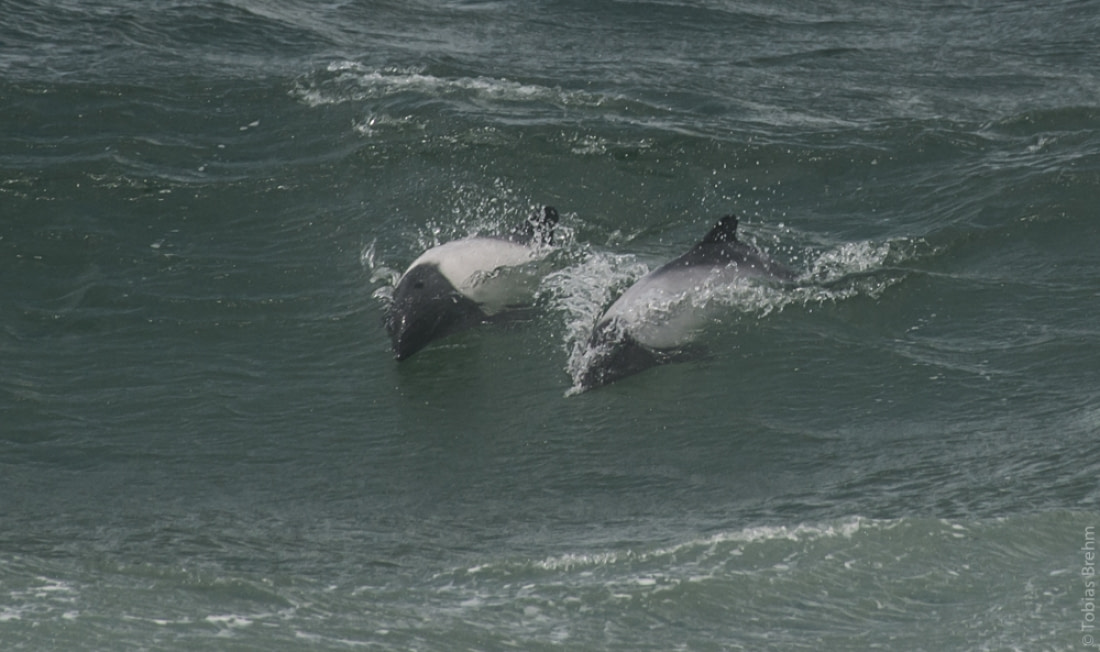
Sexual differences and reproductive facts
Distinguishing between male and female Commerson's dolphins is relatively easy: Males have a teardrop-shaped black blotch on their bellies, while females have rounder blotches.
Both sexes reach full maturity between six and nine years of age. Courtship, mating, and birth occur from September to February. Gestation lasts about 12 months, resulting in the birth of a single calf.
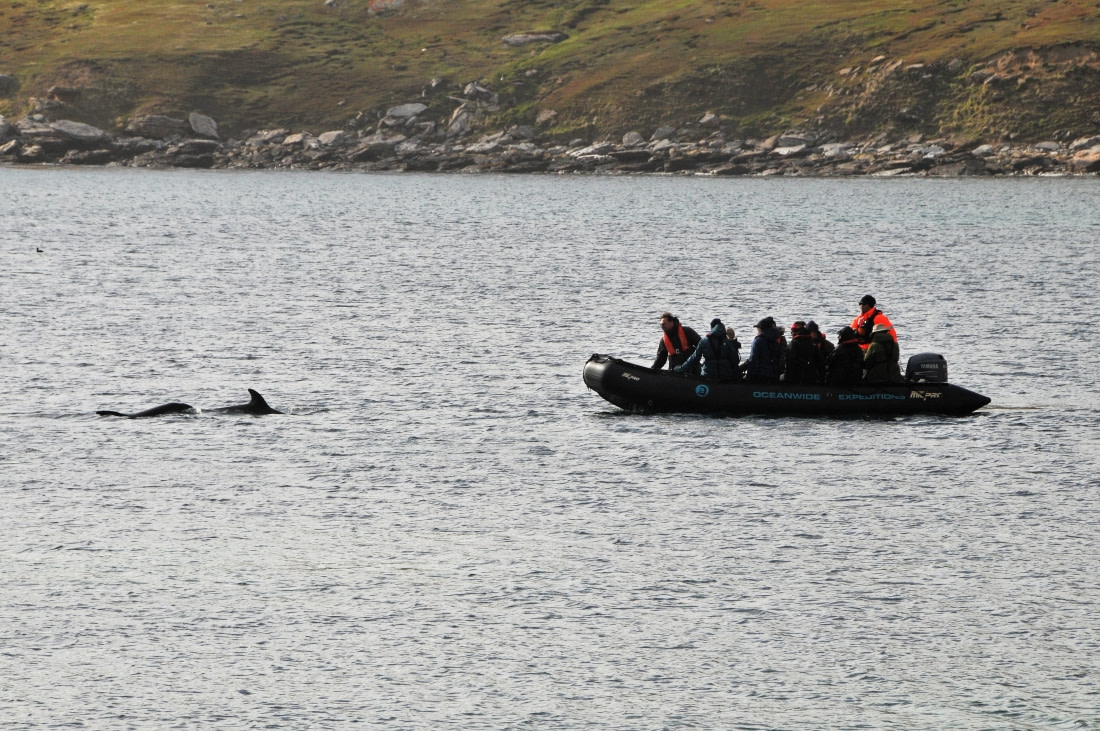
Diet of Commerson’s Dolphins
Commerson's dolphins primarily feed on shrimp, octopus, various fish species, and even marine worms.
They often engage in cooperative hunting, where groups of up to 15 dolphins work together to herd schools of prey, making it easier for them to feed.
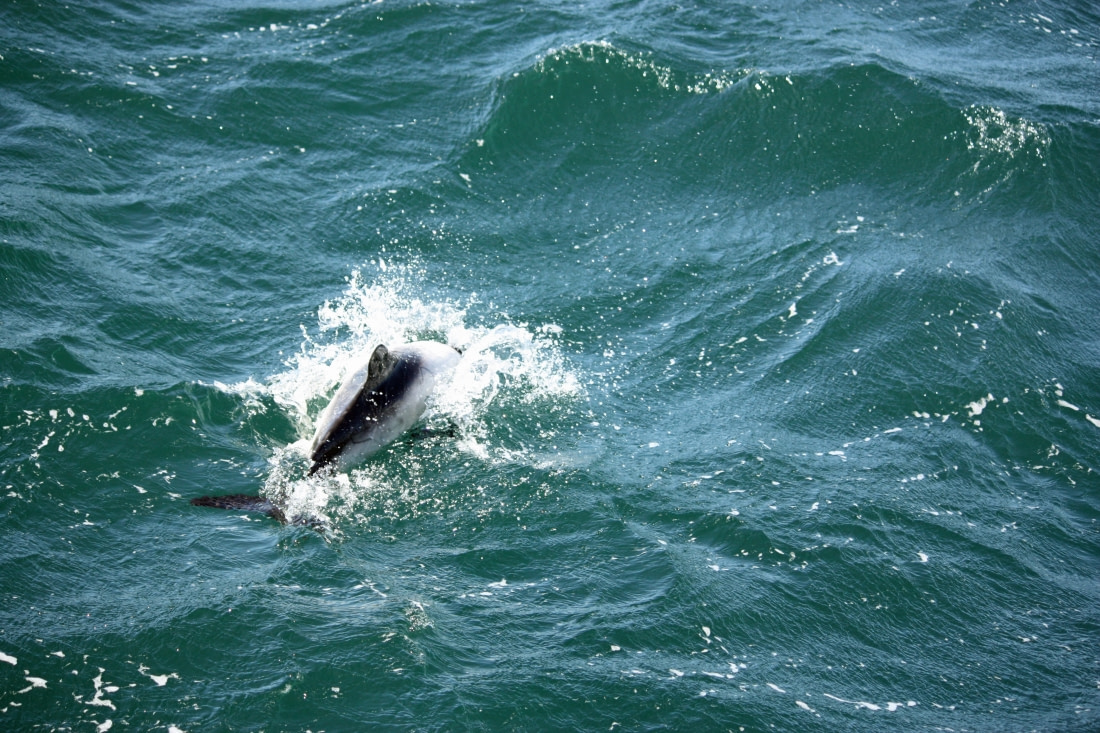
Commerson's dolphin conservation
Population estimates for Commerson’s dolphins are based on limited data. The last comprehensive census in 1984 in the Strait of Magellan estimated about 3,400 individuals.
Due to their low estimated population size, Commerson's dolphins are listed as a threatened species. Conservation efforts include reducing ocean pollution and enforcing strict commercial fishing regulations.
Anti-poaching laws are also in place to prevent the unregulated hunting of Commerson's dolphins for their meat or oil. However, enforcing these regulations is challenging, especially in the vast and remote Southern Ocean.
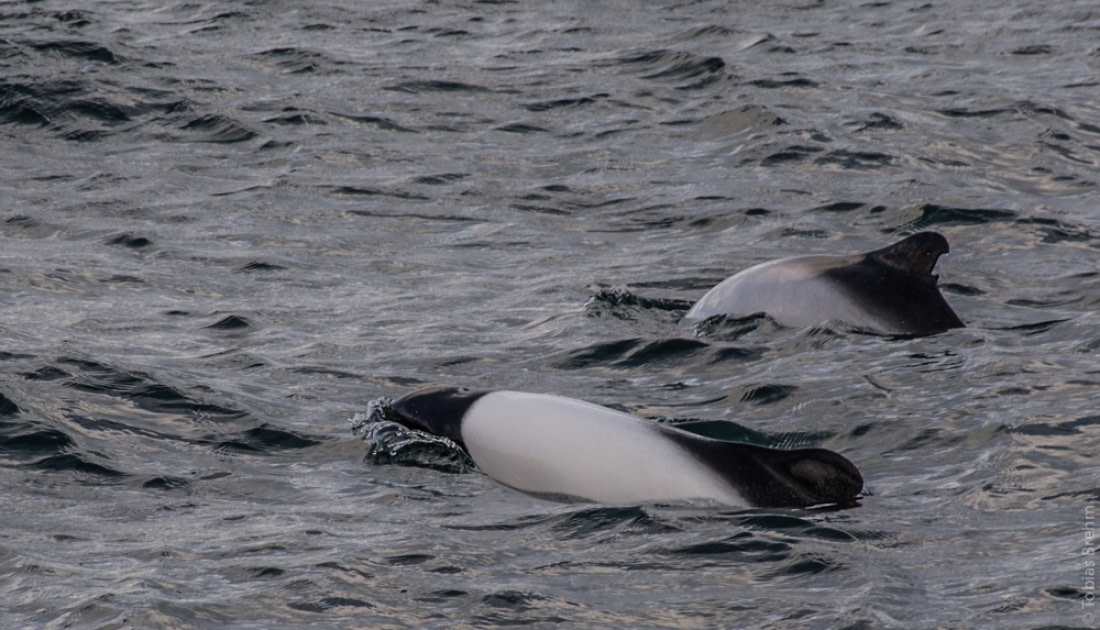
Where to see Commerson’s Dolphins
Falkland Islands cruises offer the best chance to see Commerson's dolphins, but sightings are not guaranteed due to the species' rarity. However, the overall experience of an Antarctica trip makes the effort worthwhile.
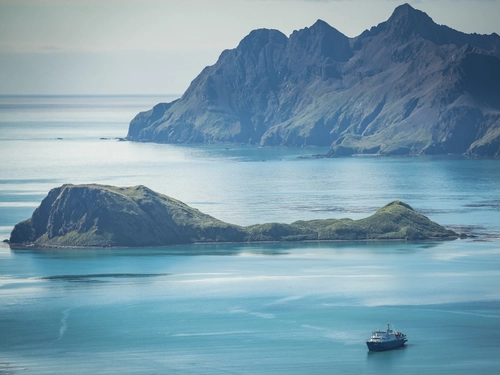
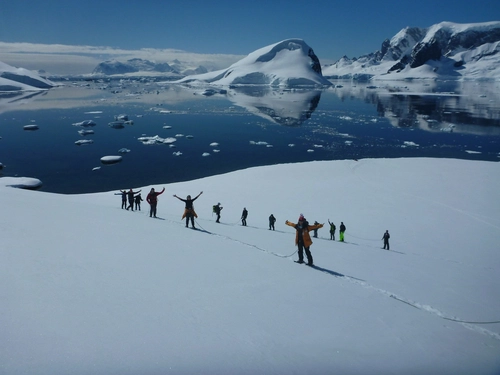

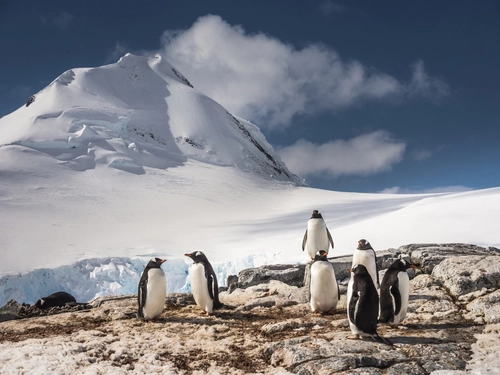
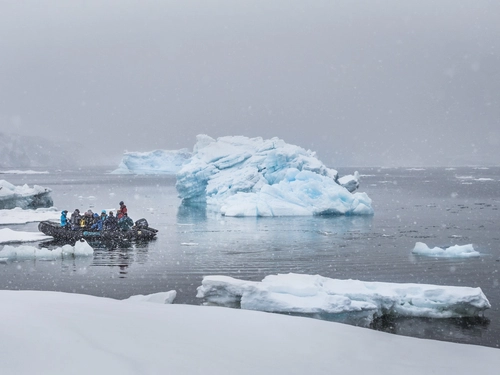
Related Trips
Blog


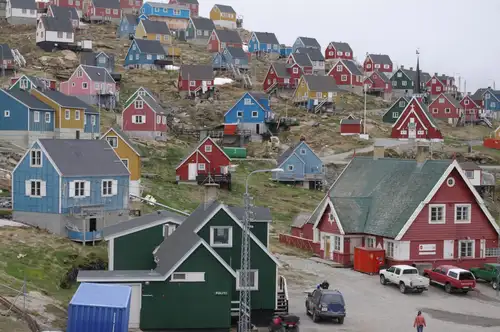
10 Traits of Post-Ice-Age Greenland
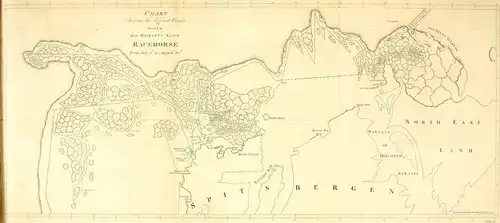
First to the North Pole: Five Failed but Brave Expeditions
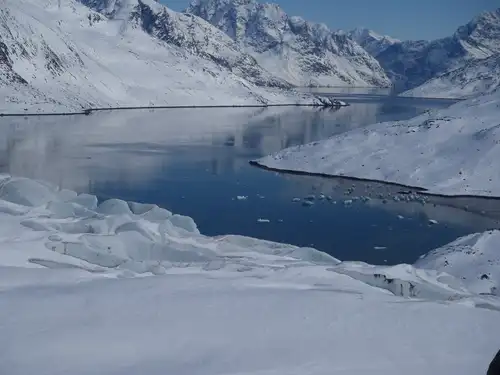
How and When Did Greenland Become Covered in Ice?
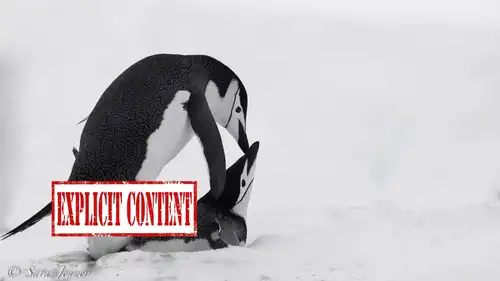
Hot Ice: Breeding Practices of Five Polar Animals
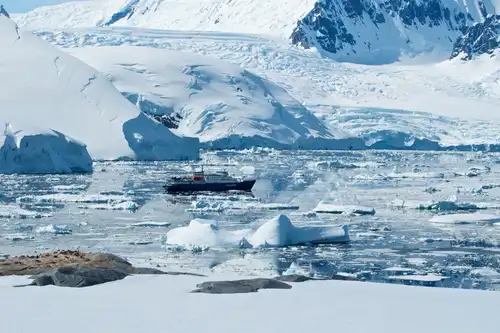
10 Books and Films To Prepare for your Antarctica cruise
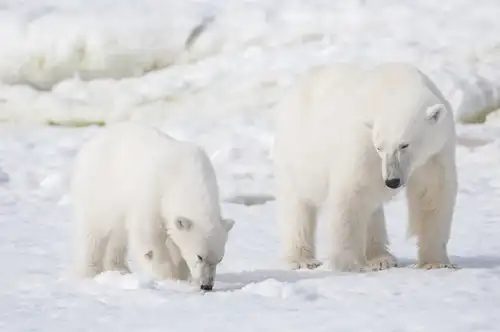
The polar bear: king of the Arctic food chain

Three Antarctica Cruise Deals
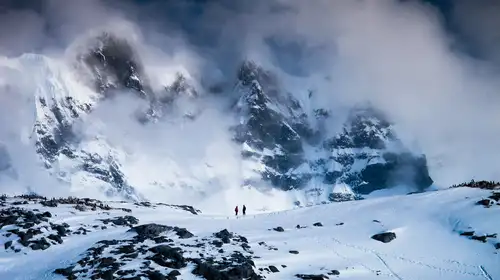
Eight Antarctic Misconceptions
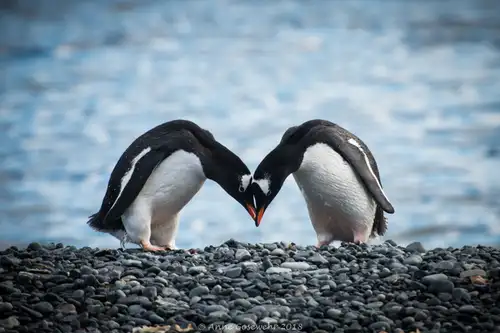
Polar Amore: 14 Wildlife Pics to Warm up Your Valentine’s Day
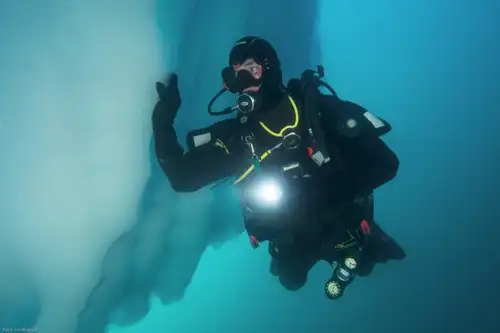
Polar Diving: A Supreme Underwater Adventure
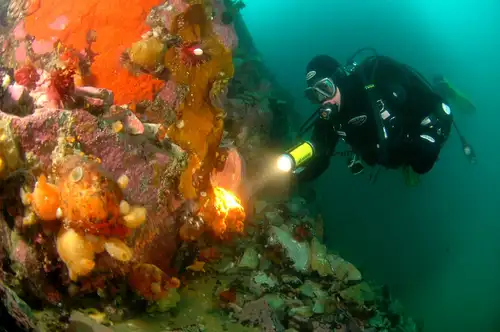
Diving in Antarctica: The Ultimate Underwater Experience
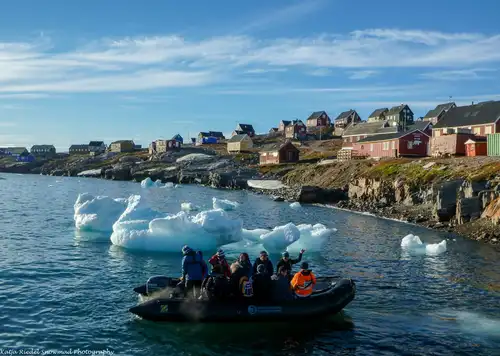
Scoresby Sund: the Greatest Greenland Adventure
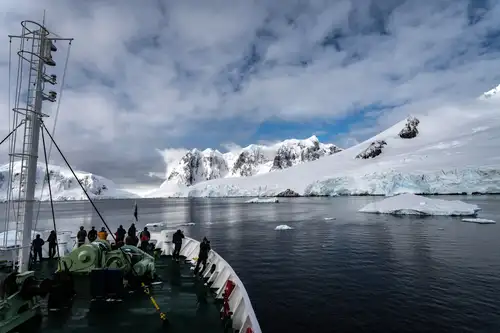
12 Things to Do in Antarctica

Earth vs. Mars: Polar Regions Compared
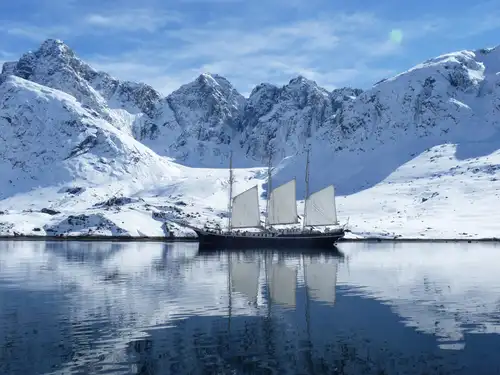
Why You Should Visit Greenland: 11 Things to See, Do, and Explore
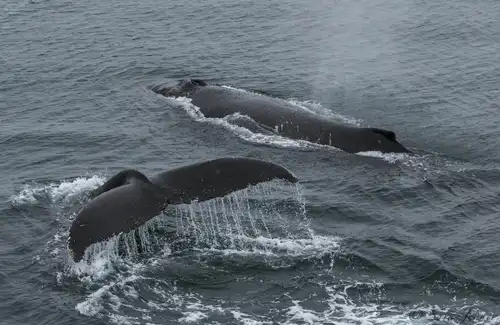
Polar Marine Visitors: the Whales of Antarctica and the Arctic
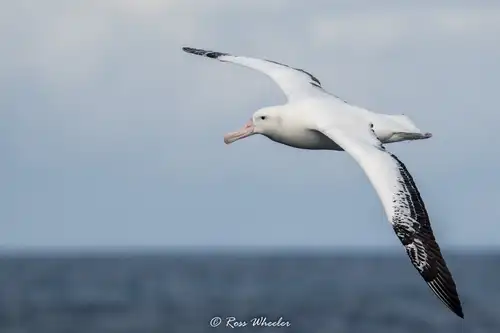
The Eight Albatrosses of Antarctica and the Sub-Antarctic
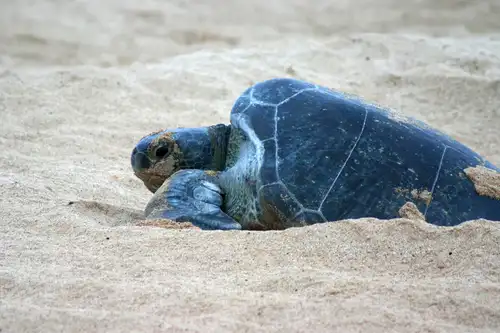
Going Green: Ascension Island Sea Turtles

Polar Cuisine in Pictures
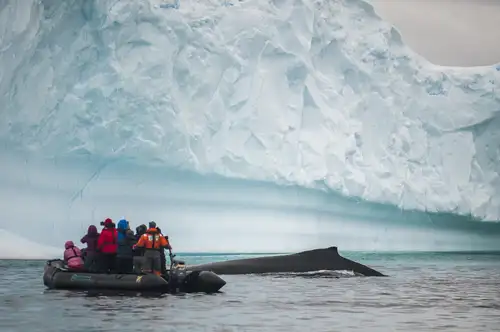





 19 Days / 18 Nights
19 Days / 18 Nights
